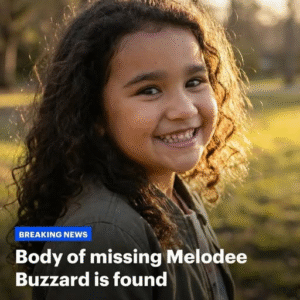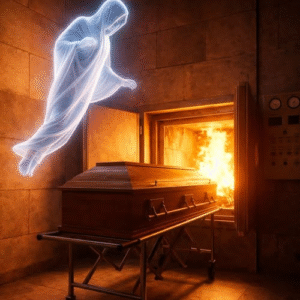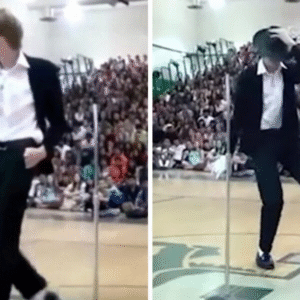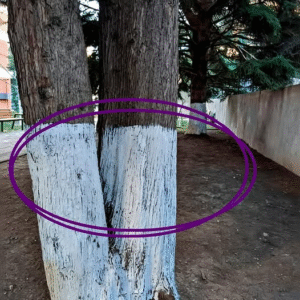A New Era Begins
When Pope Leo XIV became leader of the Roman Catholic Church, it signaled more than a new papacy—it marked a global turning point. His election as the first American pope was already historic. But his bold approach in the early days of his leadership is what truly captured worldwide attention.
From his dramatic entrance to his fresh tone and language, Pope Leo XIV made it clear: this papacy would challenge tradition.
Early Appearances: Bold and Unconventional
On May 12, 2025, Pope Leo XIV greeted thousands of journalists at Paul VI Hall in Vatican City. Just days later, on May 18, he led the Inauguration Mass in St. Peter’s Square.
World Leaders and Royals Witness History
The Inauguration Mass followed the death of Pope Francis on April 21. Global leaders and royals gathered to honor the new pontiff.
Among those present:
-
Princess Charlene and Prince Albert of Monaco
-
Queen Letizia and King Felipe VI of Spain
-
Queen Mathilde and King Philippe of Belgium
-
Grand Duchess Maria Teresa of Luxembourg
-
Crown Princess Victoria of Sweden
-
Queen Maxima of the Netherlands
-
Prince Edward of the United Kingdom
-
Canadian Prime Minister Mark Carney
-
Australian Prime Minister Anthony Albanese
-
Ukrainian President Volodymyr Zelenskyy
Despite the high-profile turnout, one figure was conspicuously absent.
A Noticeable Absence: Where Was Trump?
Although President Donald Trump celebrated the election of an American pope, he didn’t attend the inauguration. He called the moment a “great honor for the United States” and expressed interest in meeting Pope Leo XIV.
Instead, Trump embarked on his first major overseas trip of his second term, visiting Saudi Arabia, Qatar, and the UAE. Vice President JD Vance represented the U.S. in Rome. While Trump had attended Pope Francis’s funeral weeks earlier, his absence on May 18 stood out.
Still, the focus quickly returned to the Pope’s groundbreaking approach.
Breaking Tradition in the Vatican
Nearly 200,000 people gathered in St. Peter’s Square for the inauguration. Flags waved, cameras flashed, and applause echoed as the new Pope rode through the square in an open-back Popemobile, refusing the typical bulletproof glass—just like Pope Francis had.
This bold choice marked a departure from protocol and hinted at a fearless, open leadership style.
A Message of Unity
In his homily, Pope Leo XIV addressed heads of state and the faithful:
“Brothers and sisters, I would like that our first great desire be for a united Church… a leaven for a reconciled world.”
He cited St. Peter as the model for papal leadership—not as a ruler, but as a servant walking alongside the people. He firmly rejected “religious propaganda” and emphasized humility and service.
Another Break from Tradition: English in the Sistine Chapel
Just days earlier, on May 9, the Pope delivered his first Mass in the Sistine Chapel—and surprised many by opening in English.
With a distinct Chicago accent, he began:
“I will sing a new song to the Lord.”
He then continued in Italian. But the use of English in such a solemn setting was a bold gesture—another sign that Pope Leo XIV would lead in his own voice.
Zelenskyy Resonates with the Pope’s Message
Ukrainian President Volodymyr Zelenskyy and First Lady Olena Zelenska attended the Mass. Later, Zelenskyy met with the Pope and shared the experience on Instagram:
“For millions, the Pontiff is a symbol of hope for peace… We thank the Vatican for its willingness to serve as a platform for direct negotiations.”
His words echoed the Pope’s homily, which emphasized unity—a theme the Pope repeated seven times.
Reactions Back Home: A Mixed Response
While the global community praised Pope Leo XIV’s message of peace and inclusion, reactions in the United States reflected deeper complexities. The Pope’s open tone, unorthodox language choices, and refusal to follow expected protocol sparked both admiration and debate.





